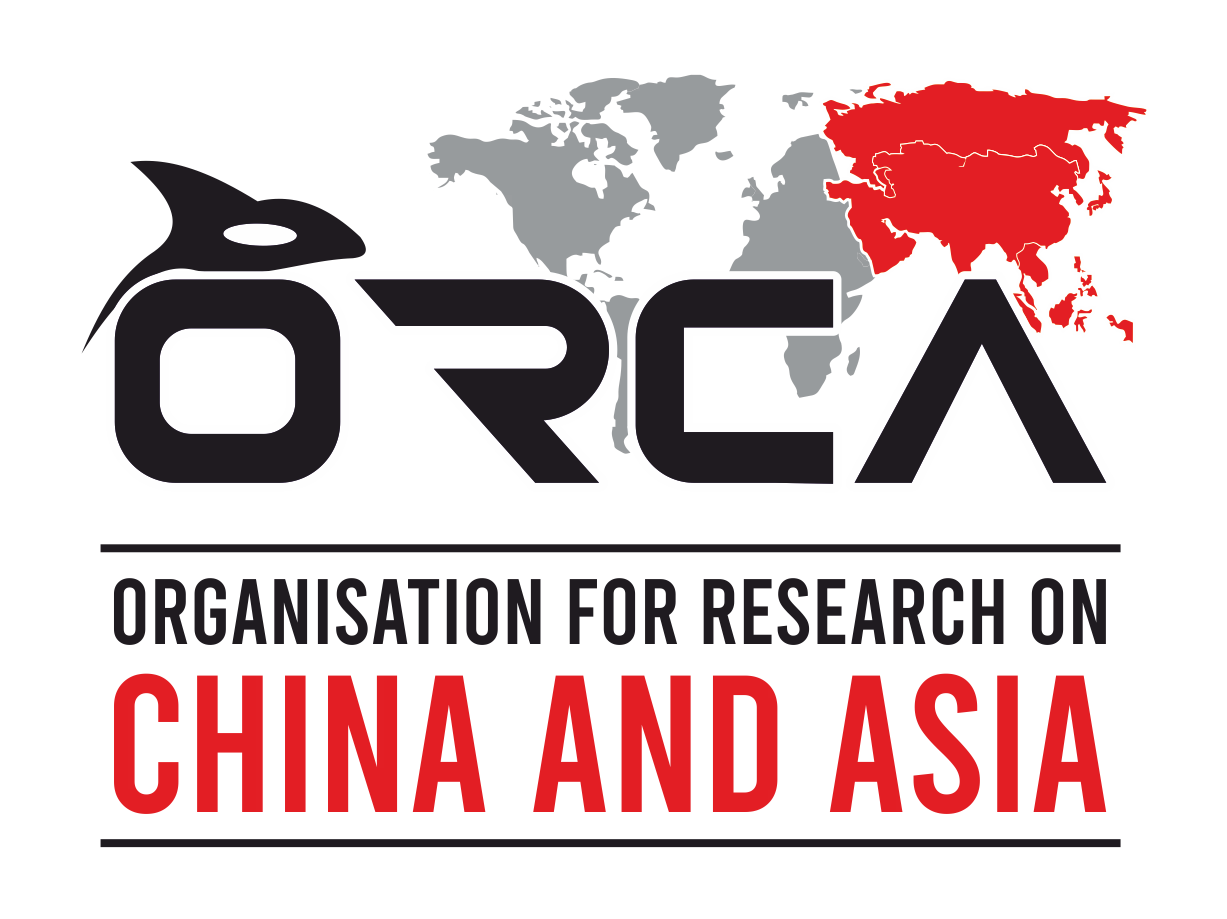NEWS IN CHINA
-
China Unveils Roadmap 3.0 to Lead Global New Energy Vehicle Transformation: The China Society of Automotive Engineers (China SAE) released the Energy-Saving and New Energy Vehicle Technology Roadmap 3.0, outlining China’s ambitious plan to achieve over 80% new energy vehicle (NEV) market penetration by 2040. The roadmap envisions China becoming a global automotive powerhouse driven by electrification, intelligence, and low-carbon innovation. This upgraded version introduces a three-tier framework comprising a general report, five technical clusters, and 26 specialized topics. It highlights dual progress in product technology and manufacturing innovation, reflecting a shift toward intelligent and sustainable vehicle production. Key technological milestones include small-scale adoption of all-solid-state batteries by 2030 and global commercialization by 2035, while fuel cells are projected to play a crucial role in decarbonizing commercial transport, with 4–5 million vehicles expected by 2040. Chairman Zhang Jinhua emphasized that Roadmap 3.0 integrates China’s industrial strengths with global automotive trends, aiming to position the country at the forefront of the next-generation mobility revolution.
-
NPC to Review Amendments to Maritime Code and Cybersecurity Law: The 18th session of the Standing Committee of the 14th National People’s Congress will soon deliberate major amendments to both the Maritime Code and the Cybersecurity Law, aimed at strengthening China’s maritime governance and digital security. Wang Xiang, spokesperson for the Legislative Affairs Commission, announced that the third draft of the Maritime Code proposes provisions on ship ownership registration inquiries, priority of ship mortgage repayment, timely notification to shippers, and relevant countermeasure clauses. It also introduces a new chapter on liability for oil pollution from ships, covering compensation scope, liability assumptions, insurance and fund systems, and international compliance. Meanwhile, the second draft of the Cybersecurity Law amendment focuses on enhancing cybersecurity governance and promoting artificial intelligence (AI) security and development. Revisions include enriched guiding principles for cybersecurity, alignment with the Civil Code and Personal Information Protection Law, and strengthened penalty provisions.
-
China Revives 88 Rivers and Lakes Under Ecological Restoration Plan: China has successfully revitalized 88 key rivers and lakes nationwide as part of its ongoing “Mother River Rejuvenation” action plan (2022–2025), the Ministry of Water Resources announced on Wednesday. The initiative, aimed at restoring long-dry waterways and improving ecological balance, has yielded remarkable progress by the end of September 2025. Tailored restoration strategies were implemented for each river and lake based on local conditions. Among the highlights, the Yellow River has maintained uninterrupted flow for 26 consecutive years, and the Beijing-Hangzhou Grand Canal, dry for nearly a century, has sustained continuous water flow for four straight years. In the Haihe River Basin, targeted rehabilitation has reversed long-standing issues of pollution and water scarcity. The Yongding River, dry for 26 years, now flows year-round, while Baiyangdian Lake, a key wetland in northern China, has retained stable ecological water levels for seven years. China plans to expand the program to more basins and establish permanent mechanisms to sustain the restoration momentum.
-
China and EU to Hold ‘Upgraded’ Export Control Dialogue: China and the European Union have agreed to convene an “upgraded version” of their export control dialogue mechanism meeting in Brussels soon, reaffirming a commitment to resolving trade differences through consultation. The decision followed a virtual meeting between Chinese Commerce Minister Wang Wentao and EU Commissioner for Trade and Economic Security Maros Sefcovic. Both sides discussed export controls and the EU’s anti-subsidy probe into Chinese electric vehicles. Chinese Foreign Ministry spokesperson Guo Jiakun emphasized that China-EU trade relations are mutually beneficial and called on the EU to uphold free trade principles and resist protectionism. Wang defended China’s rare-earth export controls as a lawful measure aligned with national security and non-proliferation goals. Experts in China urged the EU to maintain “strategic autonomy” in managing economic ties with Beijing, rather than following external geopolitical influence.
-
State Council Announces Key Personnel Changes: The State Council announced a new round of appointments and removals of senior national officials, marking significant adjustments in several key departments. Tan Quan has been appointed Assistant Minister of Public Security, bringing his extensive experience in law enforcement to the ministry. Duan Yijun has been named Director of the State Administration for Religious Affairs, while Gao Xiang takes over as President of Dalian University of Technology, a role holding vice-ministerial rank. Duan Yijun has been relieved of his previous post as Deputy Director of the State Ethnic Affairs Commission. Other removals include Wang Dongwei, who steps down as Vice Minister of Finance; Chen Ruifeng, removed as Director of the State Administration for Religious Affairs; Jia Zhenyuan, removed as President of Dalian University of Technology; and Wang Shuxin, relieved as President of Chongqing University.
SOCIAL MEDIA CHATTER
Plunge in Gold Prices Sparks Buying Frenzy: A sudden 50-yuan per gram drop in gold prices overnight has sent Chinese social media into a frenzy, with #GoldPriceDrops50YuanOvernight and #GoldShopSaysNeverSeenThis trending on Weibo. On October 22, gold shops across cities like Zhengzhou swiftly updated their price boards to reflect the sharp fall, a move many retailers described as “unprecedented.” Staff at a Zhengzhou gold store told Elephant News that typical fluctuations are around 5–10 yuan, occasionally reaching 20 yuan, but “a 50-yuan drop overnight has never happened before.” The unexpected fall immediately drew crowds of eager customers, many saying they “bought the jewelry they liked without hesitation,” fearing prices could rebound soon. On Weibo, videos of long queues outside gold shops went viral, with netizens joking that “this is the best kind of inflation relief.” Others debated whether this was the right time to invest or a risky dip. The hashtag has garnered millions of views, reflecting growing public fascination with China’s volatile gold market amid global economic uncertainties.
INDIA WATCH
Shangguan News Analyzes Rumors of India-US Trade Talks: Shangguan News, in an analytical piece by An Zheng, highlighted that renewed India-US trade negotiations are stirring speculation over India’s possible concessions on agriculture and energy. The report noted that New Delhi’s recent “signal balloons” including the Commerce Secretary remarks about seeking a “win-win” solution and willingness to expand oil imports from the U.S. reflect a cautious yet pragmatic approach. It observed that the talks, jointly pushed by India’s Commerce, External Affairs, and National Security ministries, center on sensitive issues such as lifting bans on U.S. non-GMO corn and soybean meal. It underscored that this could trigger domestic backlash, as Indian farmers fear price drops and industry leaders warn of harm to local processors. The report also analyzed India’s possible energy shift away from Russian oil, viewing it as a geopolitical balancing act between Washington and Moscow. The author argues that while the U.S. may ease tariffs, India’s concessions risk undermining its agricultural sovereignty.


Prepared By
Lipun Kumar Sanbad
Lipun Kumar Sanbad, a postgraduate student of Politics and International Relations from Pondicherry University and a History and Political science graduate from University of Delhi. From the past three years working as a freelance researcher in the domain of global peace, conflict and security studies, and defence studies.